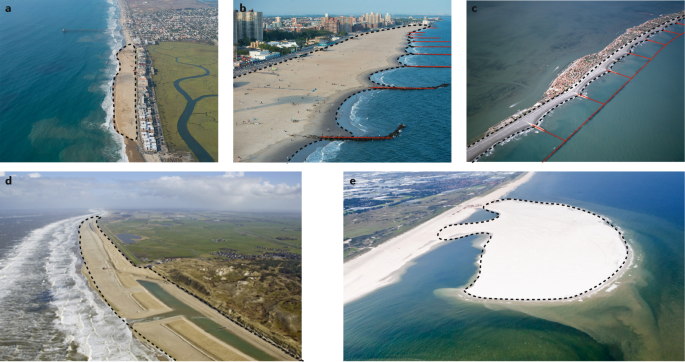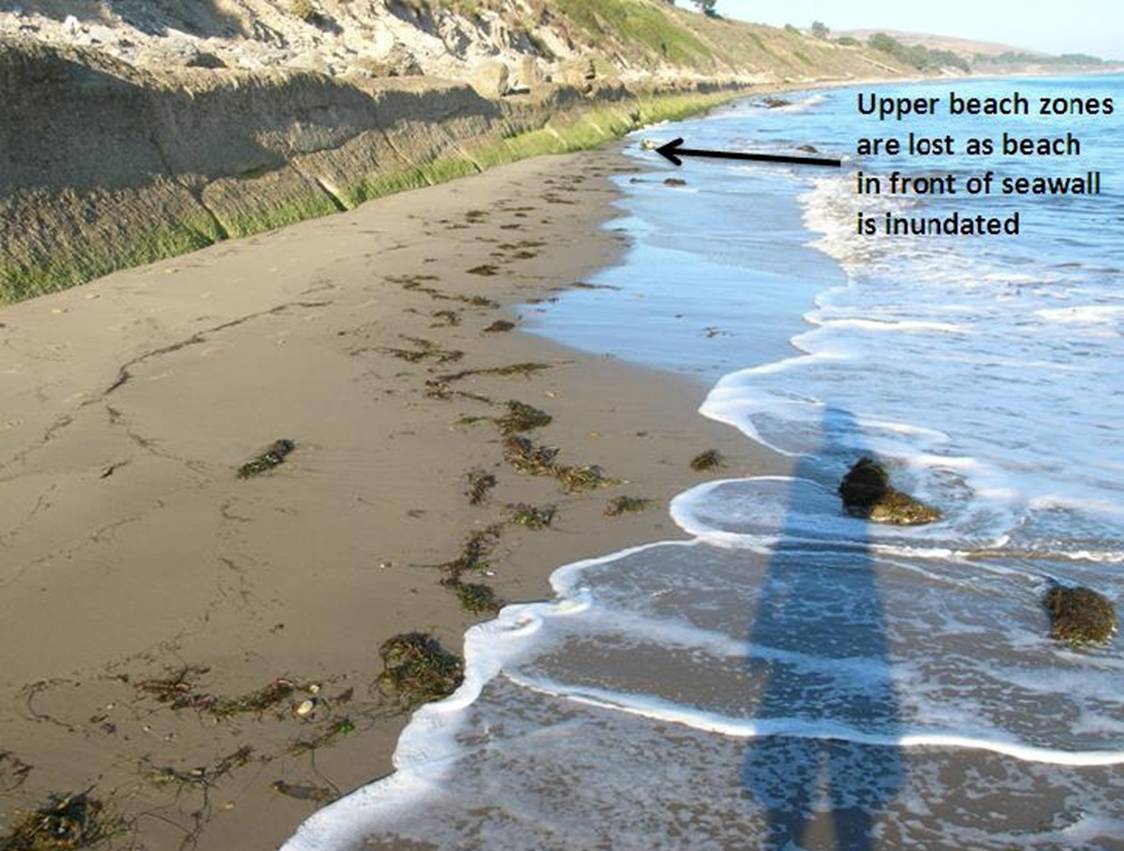Some Known Details About Shore Protect Team
Table of ContentsOur Shore Protect Team IdeasGet This Report about Shore Protect TeamThe 15-Second Trick For Shore Protect TeamShore Protect Team Things To Know Before You BuyShore Protect Team Things To Know Before You Get ThisWhat Does Shore Protect Team Mean?An Unbiased View of Shore Protect Team
Reduction in building value: As the area tourism is affected by erosion, so then is the economic situation. Customers are less most likely to look for a beach residence that might be damaged anytime by the approaching flooding and erosion emergency. Consequently, residential or commercial property worth can drop exceptionally and affect the whole area.Whether a beach is simply little and crowded or has to close completely for the security of the ecosystem and nearby buildings, this substantially impacts tourism. In turn, regional economic climates are influenced (https://www.lidinterior.com/profile/shoreprotectteam50499/profile). Danger of injury: The boosted risk of flooding and architectural failures causes an increased risk of injury to nearby travelers and area members

is home to greater than 84,240 miles of coast with 41% of it subjected to the open ocean. Coastal engineers supervise of protecting the coastline against changes by minimizing the detrimental effects of both all-natural and manufactured occurrences. Coastline stabilization is directly relevant to their task. Beachfront resorts: Since coastline disintegration effects tourism, it affects the success of waterfront resorts.
What Does Shore Protect Team Do?
Coastal business services: No travelers suggests no company. Coastal state parks: State parks that exist along shorelines are at danger of damages.
Soft stabilization is a better solution for the setting and even more lasting overall. Difficult stablizing utilizes man-made frameworks as defense to regulate erosion. Typically, these frameworks are set up at right angles or parallel to stop sand motion and lessen the force of waves. Most types of hard stabilization like seawalls and sheet metal are not optimal for shoreline stabilization.
Shore Protect Team Can Be Fun For Everyone
There's additionally inadequate evidence of their efficiency relying on the type of coastline and local conditions. Hard stablizing strategies often tend to be much more hard to install and do not match the natural aesthetic, sticking out like a sore thumb and damaging local communities in lots of scenarios. Coastline nutrition is the process of adding shed sand and sediment back to coastlines after disintegration has actually taken place.
TrapBags aid in the procedure of beach nutrition by securing natural communities and allowing plants to expand. They're: Environmentally pleasant: You can utilize indigenous soil both to border and to fill up the TrapBags.

Shore Protect Team - The Facts
Easy to set up: Alleviate of installation implies TrapBags can be deployed rapidly in the event of an emergency. They can additionally be mounted without any type of hefty machinery. Inexpensive: TrapBags are optimal for both tiny and big areas of shoreline. They give an affordable service to cover jobs of any kind of dimension.
The appropriate seawall style counts on location-specific facets, including surrounding erosion procedures. There are three main kinds of seawalls: upright, rounded, tipped, and piles (see table listed below). A report released by the United Nations Setting Program (UNEP) recommends that the tidal wave of 26 December 2004 created much less damage in the areas where all-natural barriers were existing, such as mangroves, coral reefs or coastal vegetation.
All-natural obstacles, such as coral reefs and mangrove forests, prevent the spread of tsunamis and the flow of seaside waters and mitigated the flooding and surge of water. A cost-benefit technique is an efficient means to identify whether a seawall is ideal and whether the advantages deserve the cost.
The Basic Principles Of Shore Protect Team
A seawall is a fixed function which can clash with the dynamic nature of the coastline and hamper the exchange of sediment in between land and sea. The table listed below sums up some favorable and adverse impacts of seawalls which can be used when comparing their efficiency with other coastal administration choices, such as coastline nutrition. [] Advantages and disadvantages of seawalls according to Short (1999) Advantages Downsides Long-term option in contrast to soft beach nutrition.

This can trigger beaches to dissipate, making them worthless for coastline goers. Normally, seawalls can be an effective means to manage seaside disintegration, yet only if they are constructed well and out of products that can stand up to the pressure of ongoing wave energy. Some understanding is needed of the seaside processes and morphodynamics particular to the seawall area.
The Definitive Guide to Shore Protect Team
Incorporated with a high building and construction price, this has brought about enhancing use other soft design seaside administration choices such as beach replenishment. Seawalls are created from various products, the majority of commonly enhanced concrete, rocks, steel, or gabions. Other feasible building materials consist of plastic, timber, aluminum, fiberglass composite, and naturally degradable sandbags constructed from jute and coir. The suitable seawall design relies upon location-specific elements, including surrounding erosion processes. There are three main types of seawalls: vertical, bent, stepped, and piles (see table below). A report released by the United Nations Atmosphere Program (UNEP) recommends that the tsunami of 26 December 2004 triggered much less damage in the locations where natural barriers existed, such as mangroves, reef or coastal vegetation.
Natural barriers, such as reef and mangrove forests, prevent the spread of tsunamis and the flow of seaside waters and minimized the flood and rise of water. A cost-benefit method is a reliable method to identify whether a seawall is suitable and whether the advantages deserve the expenditure.
Shore Protect Team - Questions
A seawall is a static function which can contrast with the dynamic nature of the coast and hamper the exchange of debris in between land and sea. Advantages and drawbacks of seawalls according to Short (1999) Advantages Downsides Lengthy term solution in comparison to soft coastline sustenance.

This can cause beaches to dissipate, making them ineffective for coastline goers. Typically, seawalls can be an effective means to control seaside disintegration, yet only if they are built well and out of materials that can hold up against the pressure of ongoing wave power.